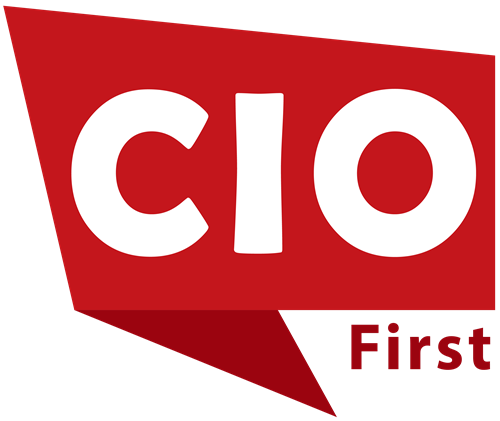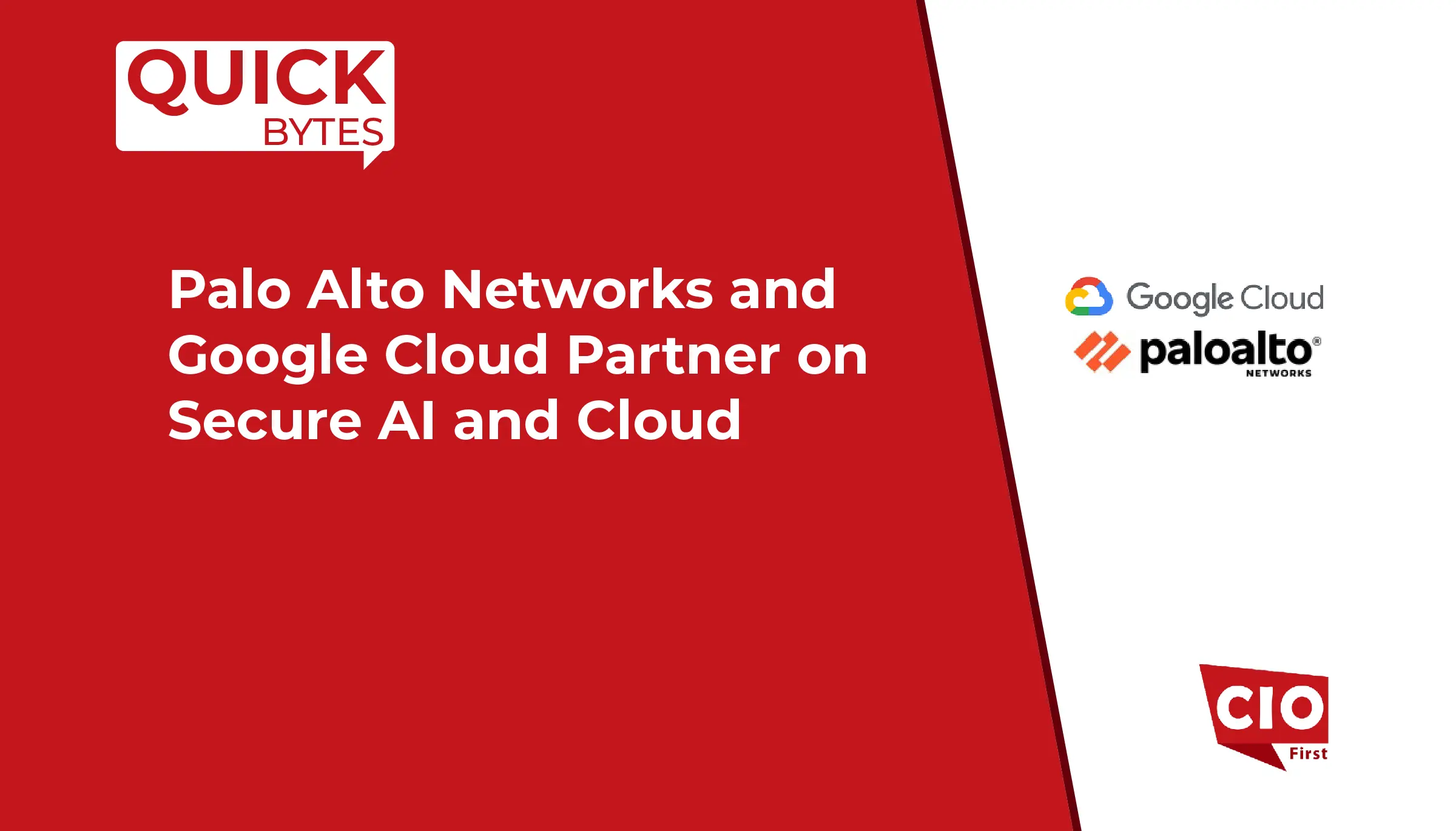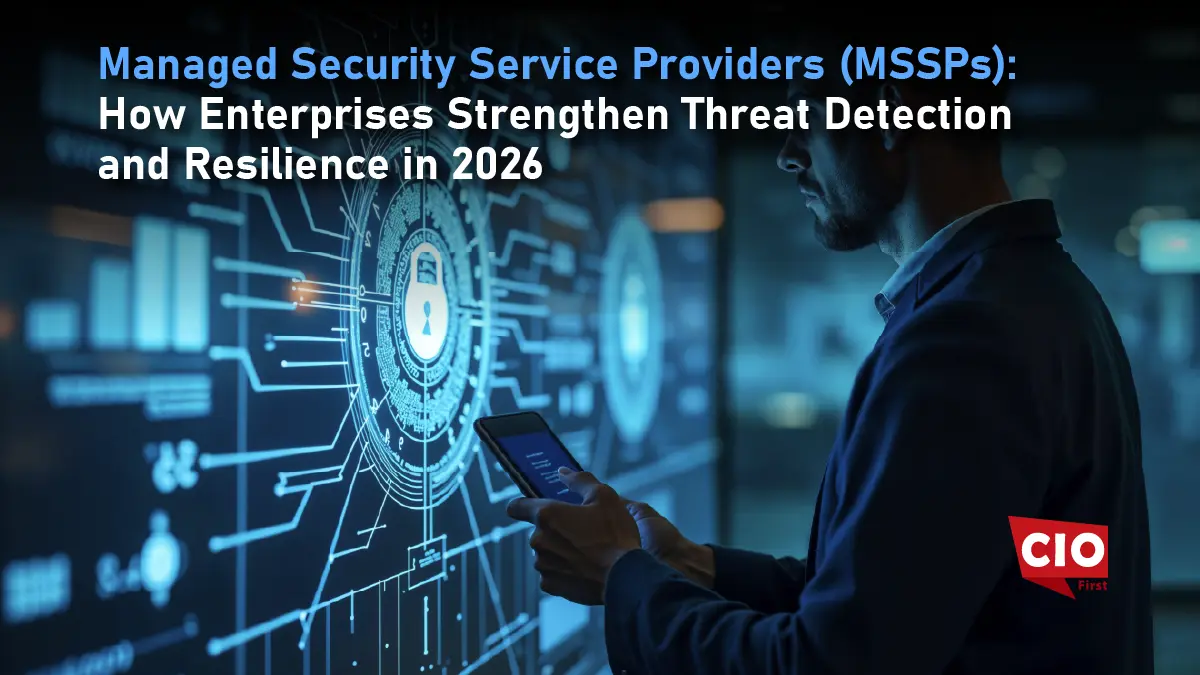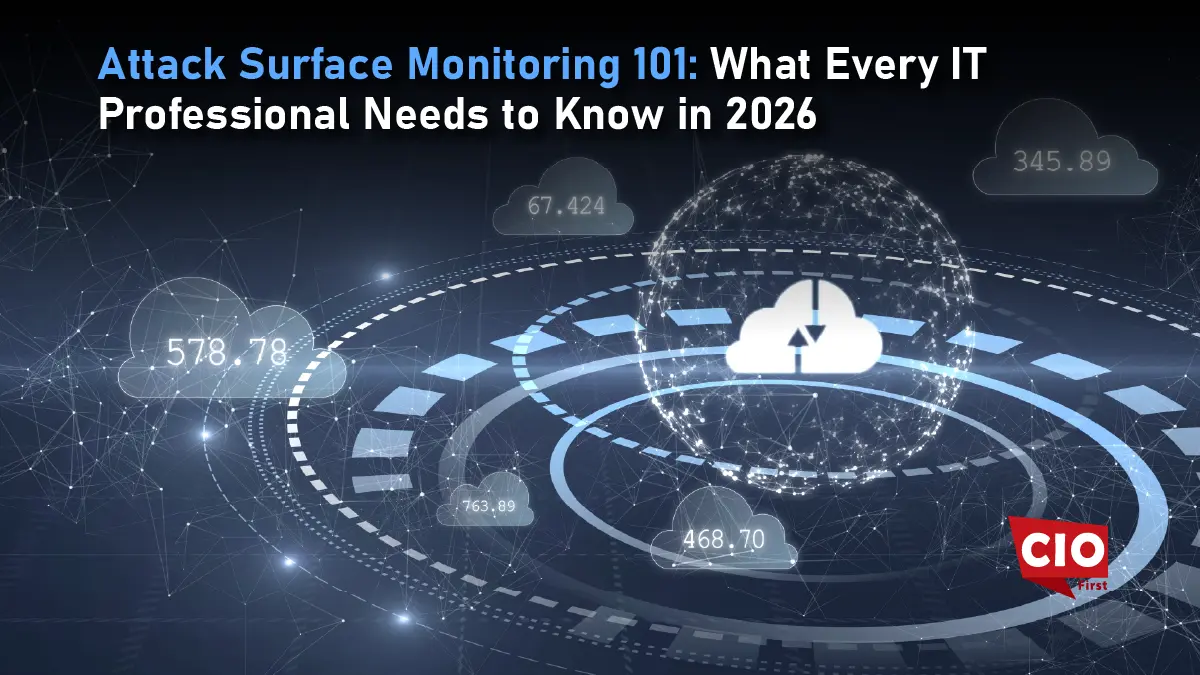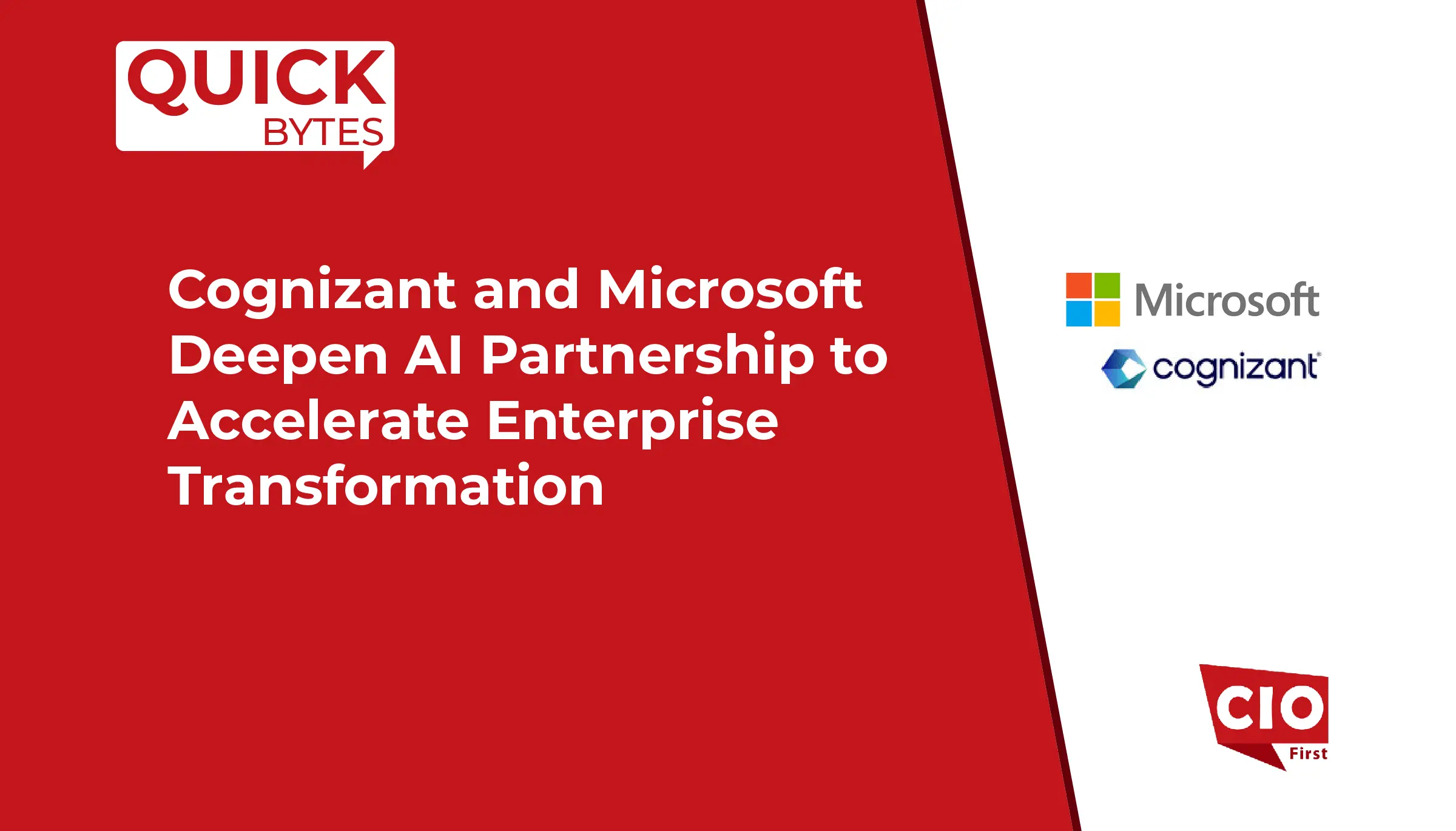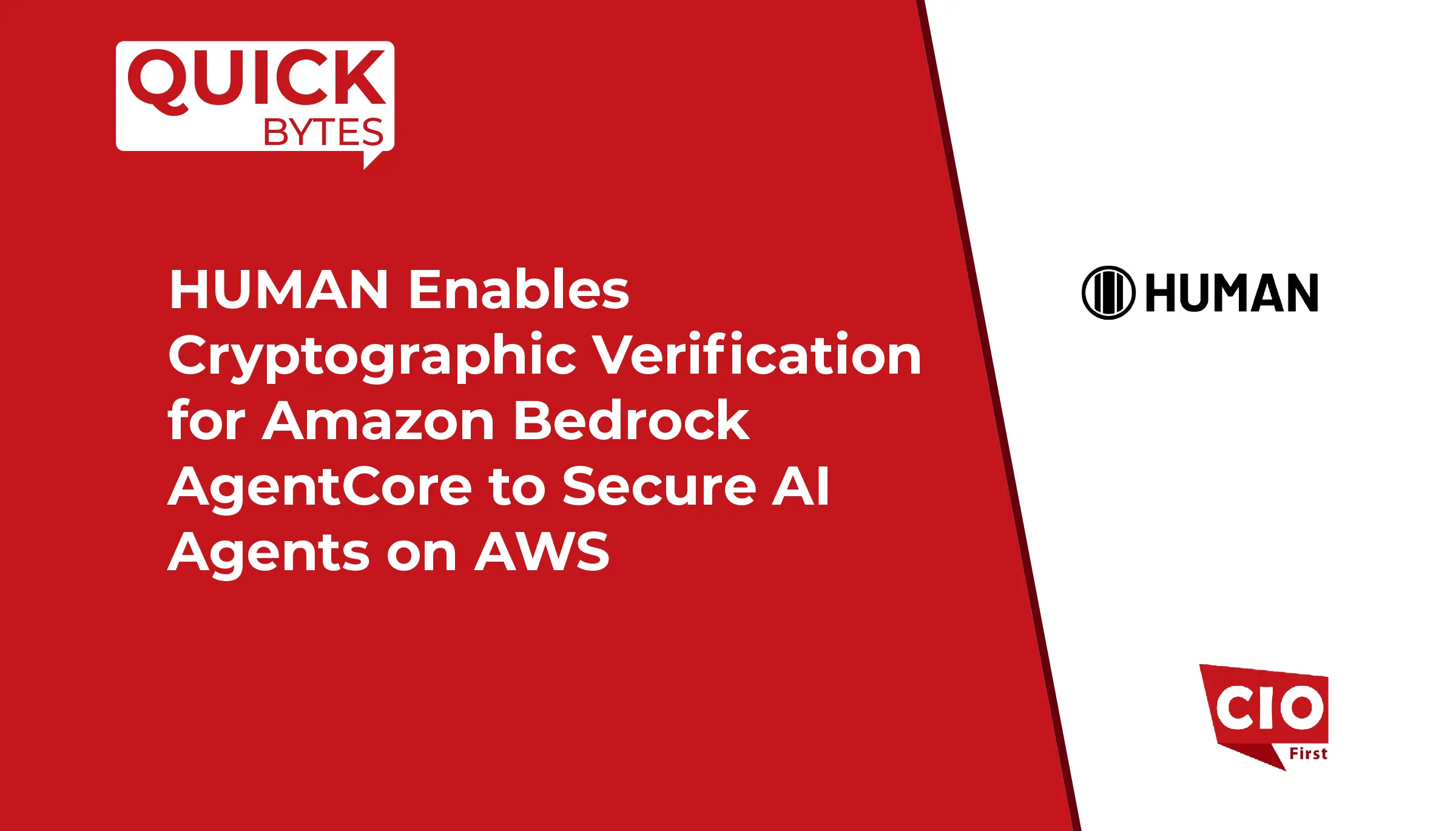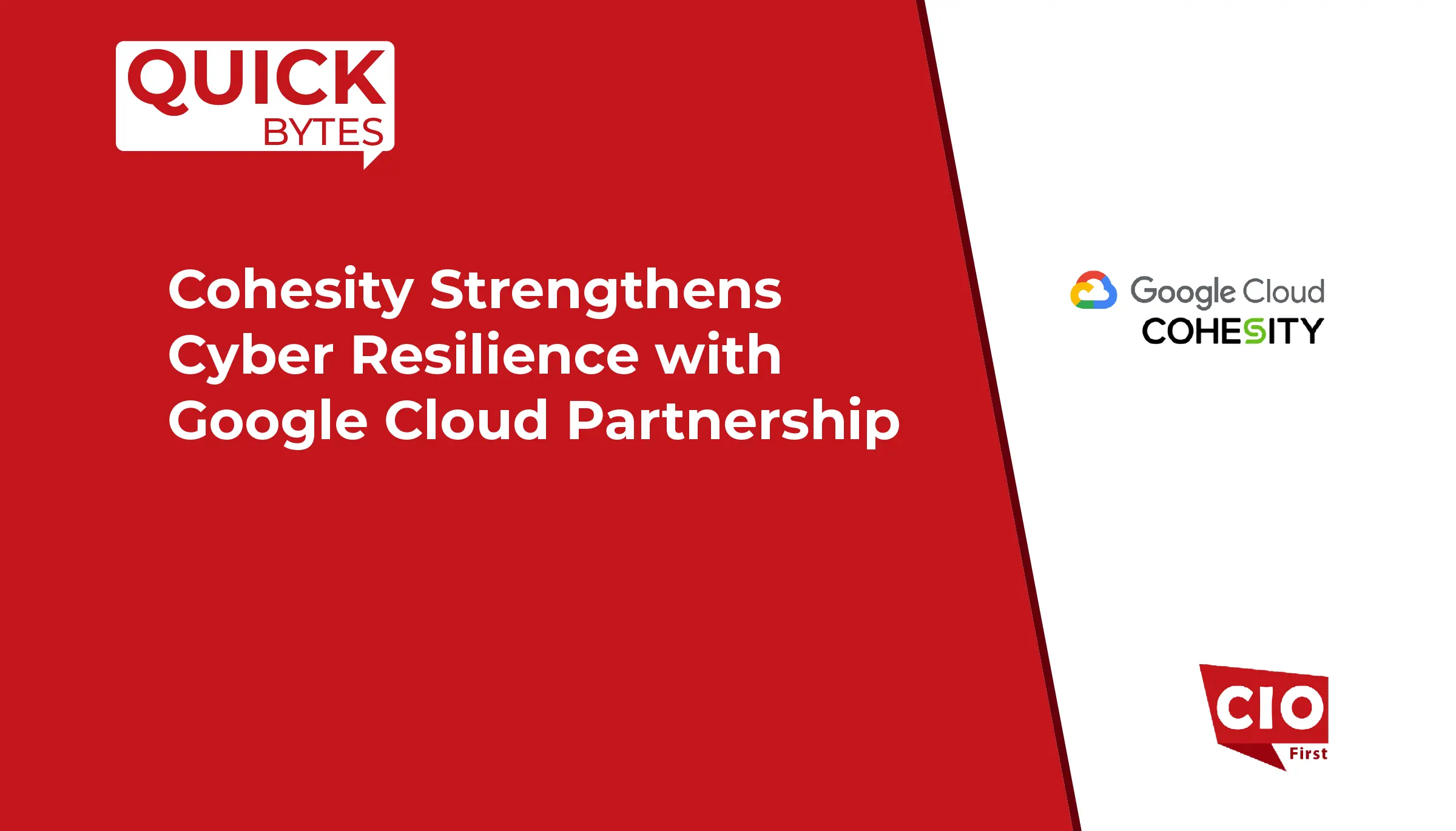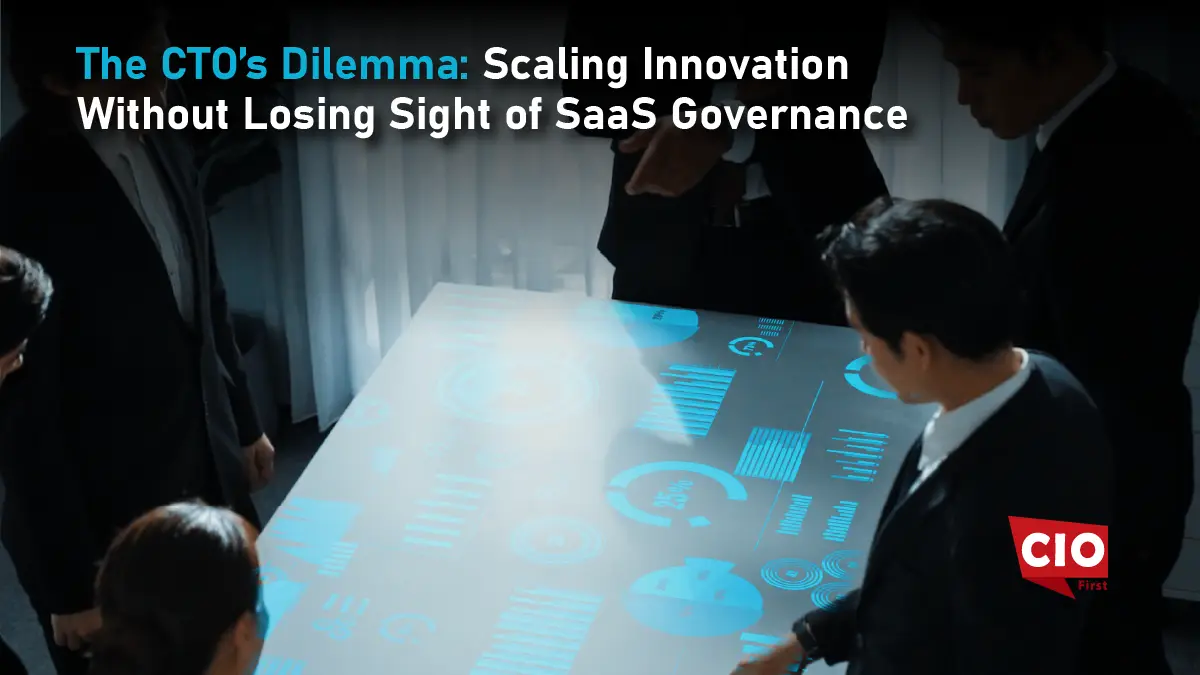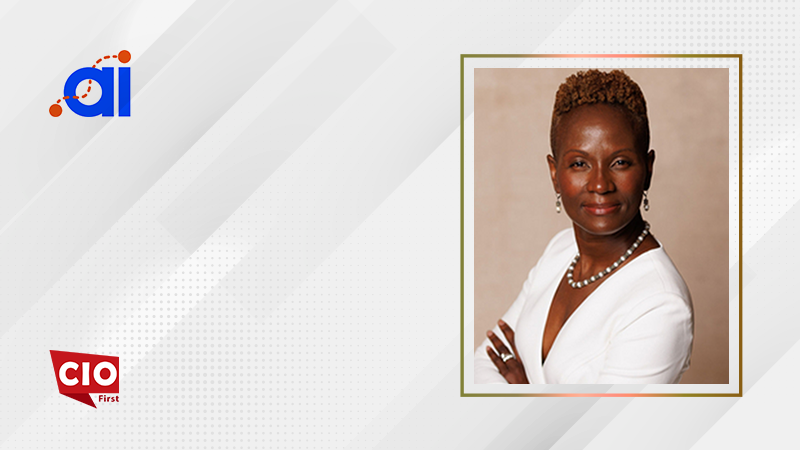As digital-first enterprises accelerate the adoption of cloud-native platforms, CTOs are tasked with enabling innovation at speed. The pressure to onboard new tools, experiment with emerging technologies, and support agile business units is constant. However, this flexibility often comes at the expense of governance. Unchecked SaaS adoption leads to fragmented data flows, compliance blind spots, and rising risk exposure.
This blog looks at the growing tension between innovation velocity and SaaS governance. It covers the risks, structural challenges and governance frameworks CTOs need to consider to balance speed with control so scaling doesn’t come at the cost of operational integrity.
The Rise of Uncontrolled SaaS Proliferation

The democratization of software procurement has changed how organizations adopt technology. Line-of-business teams now purchase SaaS tools independently, often without IT involvement. What starts as a marketing automation pilot or a design collaboration tool quickly becomes embedded in critical workflows.
For CTOs, this decentralization poses a challenge. Shadow IT bypasses centralized controls. Redundant applications emerge. Data gets siloed across disconnected systems. Integration gaps surface, and visibility into tool usage declines.
More concerning is that many of these tools handle sensitive data, customer information, proprietary models, or financial inputs, without proper security oversight. As the number of tools expands, the enterprise attack surface widens.
Innovation at the Edge vs. Control at the Core
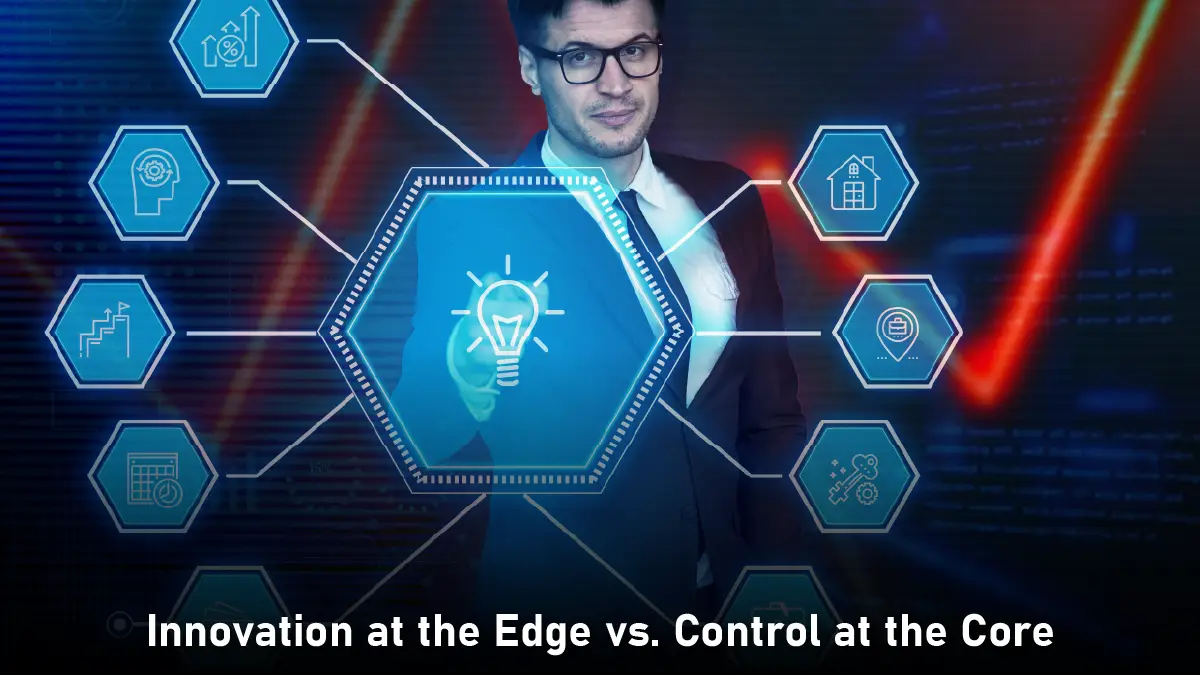
Modern CTOs have a dual mandate. They must empower teams to innovate. They must also ensure system interoperability, regulatory compliance and cost discipline.
This creates a structural tension between experimentation and standardization. Engineering teams want sandbox environments. Product managers need flexible APIs. Operations want tools that match their domain specific needs. But without governance this results in fragmented architectures that are hard to scale or secure.
Standardization is seen as a constraint. But without it SaaS environments become brittle. When tools don’t talk to each other workflows break. When procurement is unmanaged budgets spiral. And when data flows aren’t documented compliance becomes reactive rather than proactive.
The Governance Gaps That Surface During Growth
Governance issues remain hidden until growth accelerates. As teams scale technical debt builds beneath the surface. Platform usage audits reveal duplicate functionality. API integrations break under load. Compliance reviews highlight undocumented data processors or missing audit trails.
These governance gaps create friction in enterprise maturity. During security audits, finance rounds or global expansion the lack of SaaS discipline slows momentum. CTOs find themselves retrofitting oversight mechanisms into tools that were adopted without long term planning.
Moreover, regulatory landscapes are tightening. From data residency requirements to vendor risk assessments enterprises must demonstrate control over every technology that touches business critical data. Without structured SaaS governance these obligations are harder to meet.
Building a Framework for Responsible Innovation
CTOs are adopting structured governance frameworks to balance innovation with oversight. These models are not designed to restrict tool usage but to ensure safe and scalable adoption. Key elements include:
- SaaS Inventory Management: A real-time, centralized record of all applications in use, their owners and access levels.
- Access Control Policies: Role based access, authentication methods and audit logging across SaaS platforms.
- Data Flow Mapping: Documenting how data moves between systems especially where personal, financial or regulatory sensitive information is involved.
- Tool Evaluation Standards: Baseline criteria for security, interoperability and compliance before new tools are procured.
- Usage Monitoring: Tracking license utilization, login patterns and user engagement to identify risk or inefficiency.
These mechanisms help CTOs move from reactive to proactive SaaS governance, reducing risk while still enabling innovation.
Embed Governance into Agile Workflows
To have governance complement rather than compete with speed, CTOs are embedding controls into agile workflows. This means integrating security reviews into CI/CD pipelines, automating SaaS intake requests and embedding policy checks into developer environments.
For example, when a new SaaS tool is proposed it can trigger an automated checklist that verifies against integration standards, data residency policies and identity requirements. These checks are lightweight and non-intrusive but create accountability from the start. Security teams are being looped into sprint planning cycles to flag misconfigurations early.
By embedding governance into the development lifecycle oversight becomes a byproduct of execution not a hurdle at the end. This is how modern teams work fast, iterative and decentralized without compromising the control CTOs need at scale.
Recent SaaS launches are already responding to this governance-innovation tension.
In April 2025, Chief Software Inc. launched a predictive analytics platform tailored for growth-stage SaaS companies, with US$ 3.3 million in pre-seed funding. The platform helps CTOs forecast demand, monitor usage, and enforce intake checks proactively, supporting frameworks like usage tracking and spend optimization before fragmentation occurs.
Similarly, at Infosec Europe 2025, LastPass debuted a SaaS monitoring tool that offers real-time visibility into app usage and shadow IT. Designed to plug governance gaps, the tool helps CTOs and security teams flag non-compliant apps and enforce access standards across distributed environments.
These tools reflect a broader market shift: governance mechanisms are becoming embedded into the product design itself, not just bolted on after the fact.
Also Read: Agentic Process Automation: The Next Leap After RPA, AI, and Workflow Engines
Partner with Finance and Legal for Policy Enforcement
SaaS governance doesn’t fall solely within the CTO’s domain. Finance and legal teams play a critical role in managing contractual risk, spend optimization and regulatory compliance. Successful governance frameworks bring these functions together around shared policies and enforcement structures.
This means a unified SaaS intake process where procurement, security, legal and IT evaluate new tools before approval. It also means contract lifecycle management practices that track renewal clauses, data processing agreements and usage tiers over time.
From a financial perspective CTOs are working more closely with CFOs to monitor SaaS spend across departments. Usage based models, auto-renewals and tiered pricing can slip through budget controls without clear reporting. Governance tools that provide application level spend visibility are now part of the core stack.
Governance Aware Autonomy
Governance works when it’s embedded in the culture not just the tooling. CTOs are leading by example by promoting governance aware autonomy where teams are allowed to choose tools and drive innovation but within clearly defined boundaries.
This means education not enforcement. Teams are made aware of the risks of non-compliant tools. Documentation, training and templates are provided to guide safe adoption. Security, data and architecture teams act as internal advisors not gatekeepers.
By shifting the narrative from restriction to enablement CTOs are fostering responsible innovation. Teams take ownership of their technology decisions while respecting broader organisational requirements.
Federated Governance
At scale enterprises are adopting federated governance models. Rather than centralise every approval governance is being distributed to domain aligned leaders with the authority to manage tools within their scope under shared enterprise guidelines.
This means speed and responsiveness at the edge and oversight at the core. Each department has a SaaS steward responsible for inventory tracking, policy alignment and vendor engagement. Central IT or architecture team provides tooling, training and escalation support.
Federated governance is how large organizations work today, decentralised yet connected. It means innovation is not delayed by process bottlenecks but still governed with consistency and visibility.
Conclusion
The CTO’s role is evolving. Innovation is no longer just in R&D or product teams, it’s across the business. With that comes the need to balance agility with accountability more than ever. Unchecked SaaS adoption means real risk: security vulnerabilities, rising costs, and compliance failures. Over-engineered governance can stall progress and alienate teams. The choice isn’t between innovation and control; it’s designing a framework where both coexist. By embedding SaaS governance into workflows, partnering across functions and federated oversight models, CTOs can scale innovation without losing visibility. In a SaaS world, responsible innovation isn’t a trade-off. It’s a necessity for growth.
